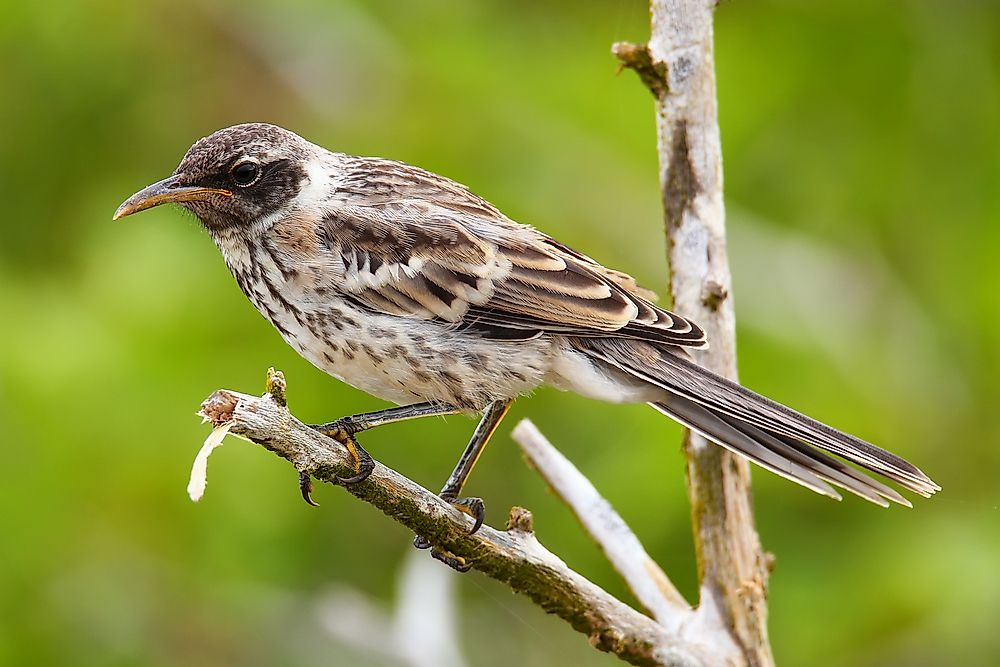What Are Native, Indigenous and Endemic Species?

Native Species
The term native species refers to plants and animals that live in a particular area purely by reason of naturally occurring phenomenon. These organisms have not been influenced by any type of human behavior or intervention. Native plants may come to grow in specific areas due to an array of environmental factors such as their seeds being blown there by the wind, the natural process of evolution, or even being carried from region to region by animals. Once settled into their new environments native plants and animals eventually adjust to their surroundings, evolve, and become features of the local landscape.
The term “native” refers to an organism which is found in a localized area and inhabits a small ecosystem. It is important to remember, however, that plants and animals can be considered native to several regions as opposed to being confined to just one specific geographical location. A particular species of plant or animal may be native to a certain country but considered as indigenous only to a specific area within that country.
An example of a native species in regards to animals is the koala. This particular marsupial is native to Australia and was not introduced to the country by any type of human activity or intervention. The koala has naturally evolved and adapted to its habitat in various ways including making its home in Australia’s Eucalyptus forest areas where it subsists on a diet primarily made up of the leaves of this particular variety of tree.
Indigenous Species
Indigenous species are categorized as being a type of native species. Rather than being confined to a specific area, indigenous species tend to be more widely dispersed and adaptable. Because of the unique evolutionary processes they have undergone indigenous plants and animals are considered to be strong enough to adjust to diverse surroundings and can spring back to life in areas in which they had previously disappeared. This re-population can be achieved either through natural means or by way of human intervention.
Organisms can be indigenous to a variety of places at the same time and therefore not limited by area or the time period in which they exist. If, for example, a particular species can be found in a variety of regions throughout the world it is classified as being indigenous to those specific areas rather than being deemed as endemic.
An example of an indigenous animal species is the beaver. This large rodent is native to regions of North America, Europe, and Asia. Although in parts of North America beavers have suffered from over hunting and as a result have nearly disappeared from the local landscape in more recent years the species has begun to naturally return to states it was once more plentiful such as New York and Illinois. Humans have also been responsible for artificially relocating beavers to non-native lands by introducing the species to South American countries such as Argentina and Chile.
Endemic Species
Like indigenous species, an endemic species is also regarded as a type of native species. Endemic species are also known as precinctive. These organisms are only found in certain areas (ie. isolated islands), either large or small in terms of area, and are at an elevated risk of suffering from the possibility of extinction. Endemic species only prosper under a certain set of specialized conditions found in particular habitats. Their survival and growth is limited because they can only flourish under a strict set of naturally occurring conditions.
An example of an endemic animal species is the Galápagos mockingbird which can only be found on the Galápagos Islands archipelago. The range of this particular variety of mockingbird is so small that it is located exclusively within Ecuador’s Galápagos National Park.











